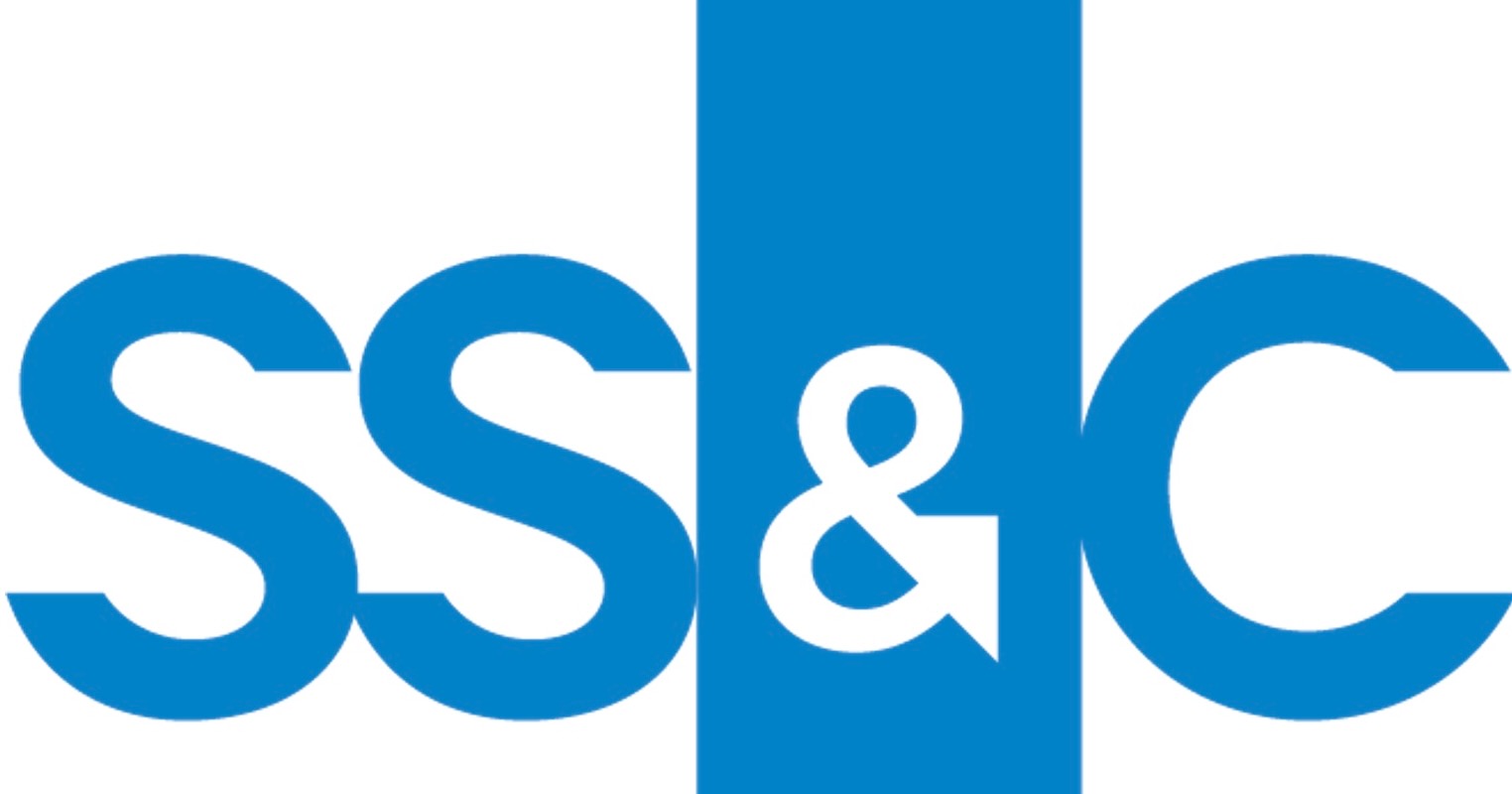Firms face growing pressure to scale operations without increasing headcount, as market volatility, fee compression, and rising trade volumes strain trading desks. Automated trading offers a proven solution—it enables efficiency, reduces manual risk, and frees traders to focus on complex, high-value trades.
 With mature technology like SS&C RealTick supporting advanced automation and integrated risk controls, adoption is accelerating across the industry. For example, the notional value of trades executed through RealTick’s automated trading engine has increased more than 100-fold in the last five years. Some of our global multi-manager hedge fund clients are automating up to 70% of their flow on any given day.
With mature technology like SS&C RealTick supporting advanced automation and integrated risk controls, adoption is accelerating across the industry. For example, the notional value of trades executed through RealTick’s automated trading engine has increased more than 100-fold in the last five years. Some of our global multi-manager hedge fund clients are automating up to 70% of their flow on any given day.
The basics
The principle of automated trading is simple. At many shops, most trades are deemed ‘low touch’, meaning fairly routine and thus easy to execute. These are mainly trades in widely held names that are highly liquid and efficient.
Other trades are ‘high touch’, typically involving closely held, thinly traded stocks requiring more focus on the trader’s part. If it’s a large block trade with the potential to impact the share price, it needs to be executed discreetly and may take days to complete.
Due to sheer volume, low touch trades take up an inordinate amount of the trader’s time. If some or all of those could be automated, the thinking goes, there would be time to focus on more complex, high touch trades and execute them more quickly and effectively.
How it works
The heart of an automated trading system is a smart rules engine, which helps determine whether a trade meets the criteria for automation and initiates it.
Firms set their own rules. Parameters for automation typically include security type, maximum trade size, the issuer’s market cap, and the size of the trade as a percentage of the day’s volume. Firms can also include such factors as time of day (based on volume fluctuations), any regional variances in volume, and smarter liquidity indicators. The rules engine should be flexible and allow for frequent fine-tuning as needed.
Once the rules are in place, orders are routed through the system for evaluation. If a trade meets the automation criteria, it is routed to the market.
The process of selecting and directing trades to brokers can also be automated using an algo wheel, a tool leveraging algorithmic trading principles to parcel trades among appropriate venues. The algo wheel is a separate component from the automation rules engine, but ideally, should be seamlessly integrated with it.
Using the algo wheel helps ensure broker neutrality with automated trades, rotating and distributing trade flow among different brokers according to the firm’s soft dollar agreements, commission reports, transaction cost analysis (TCA) and best-execution objectives.
In addition to saving time and boosting efficiency in trading operations, automated trading reduces the risk of human error and the need to resolve discrepancies manually. Importantly, a sound system will have risk controls to prevent questionable trades from slipping through unchecked.
The trading system should integrate smoothly with compliance systems to check against regulatory, firm policy or client restrictions. Firms can also define rules to establish thresholds at which the trade requires a set of human eyes for approval. Safeguards can be built in to pause or stop a trade if market conditions change suddenly.
The way of the future
Automated trading already commands a substantial and rapidly growing share of everyday volume. The future of automated trading calls for continuous improvement, incorporating a feedback loop to enable firms to analyse their performance, refine their rules and optimise trading costs. Today, the concept is headed toward mainstream acceptance.
Most firms start small, assigning a select number of trades to automate to see how it works out, test their rules, and then gradually build out as they become more comfortable and proficient with the system.
Ultimately, automated trading is an effective way to scale operations, relieve the strain on the trading desk, reduce hiring needs and equip traders to perform at their very best.
SS&C RealTick is a global, broker-agnostic advanced execution management system. The EMS offers investment firms centralised access to aggregated liquidity and tools for dynamically managing positions, portfolios, and trading risk across global equities and their derivatives, fixed income, and digital assets.
The fully native automated trading engine allows traders to automate their low touch flow safely with advanced order routing conditions, allowing them to focus on complex, alpha-generating trades. To learn more about SS&C RealTick and other investment technology solutions, visit ezesoft.com
